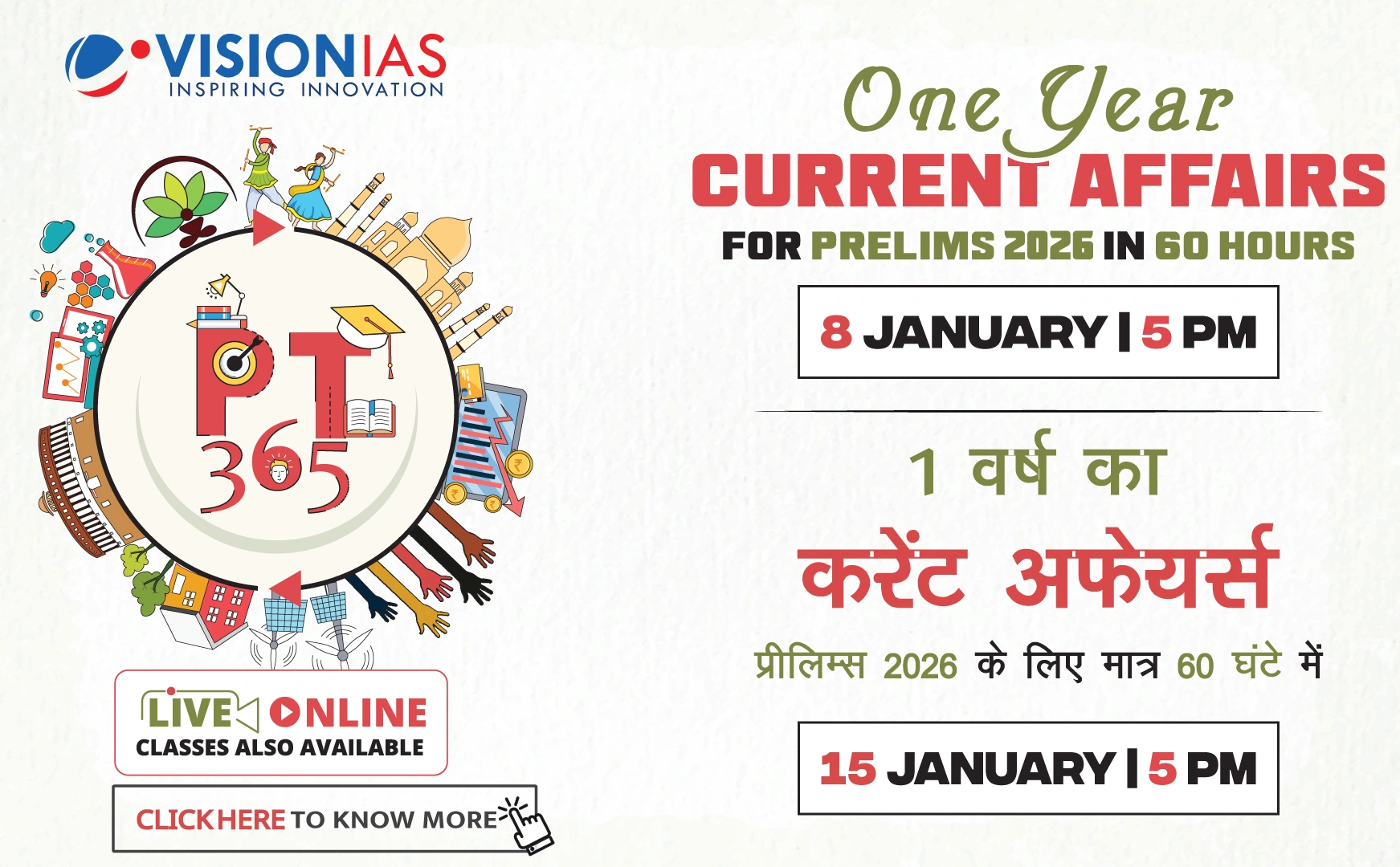India's Services Sector Overview
India's services sector is rapidly expanding, employing nearly 188 million people, which is about 30% of the country's workforce. However, it still falls short in generating high-quality jobs. The sector's employment share rose from 26.9% in 2011-12 to 29.7% in 2023-24, adding 40 million jobs in the last six years.
Employment Challenges
- The sector's employment share remains below the global average of approximately 50%.
- Slow shift from agriculture indicates the need for structural reforms.
- Most jobs are in low-productivity services like trade and transport where informality is high.
- High-value services (IT, finance, healthcare) contribute greatly to economic growth but employ fewer people.
Sector Contributions
- Services sector contributes nearly 55% to national gross value added (GVA) in 2024-25, up from 51% in 2013-14.
- Inter-state disparities in service sector contributions have modestly increased, but lagging states are catching up.
Challenges and Disparities
- Employment generation is uneven across sub-sectors, with widespread informality.
- Gender gaps, rural-urban divides, and regional disparities are significant issues.
Policy Recommendations
- Implement formalization and social protection for gig, self-employed, and MSME workers.
- Focus on skilling and digital access, especially for women and rural youth.
- Invest in emerging and green economy skills.
- Promote balanced regional development through service hubs in tier-2 and tier-3 cities.
Strategic Focus
- Prioritize digital infrastructure, logistics, innovation, finance, and skilling.
- Develop state-level service strategies based on local strengths.
- Improve institutional capacity and integrate services with industrial ecosystems.
- Scale up urban and regional service clusters for enhanced competitiveness.



